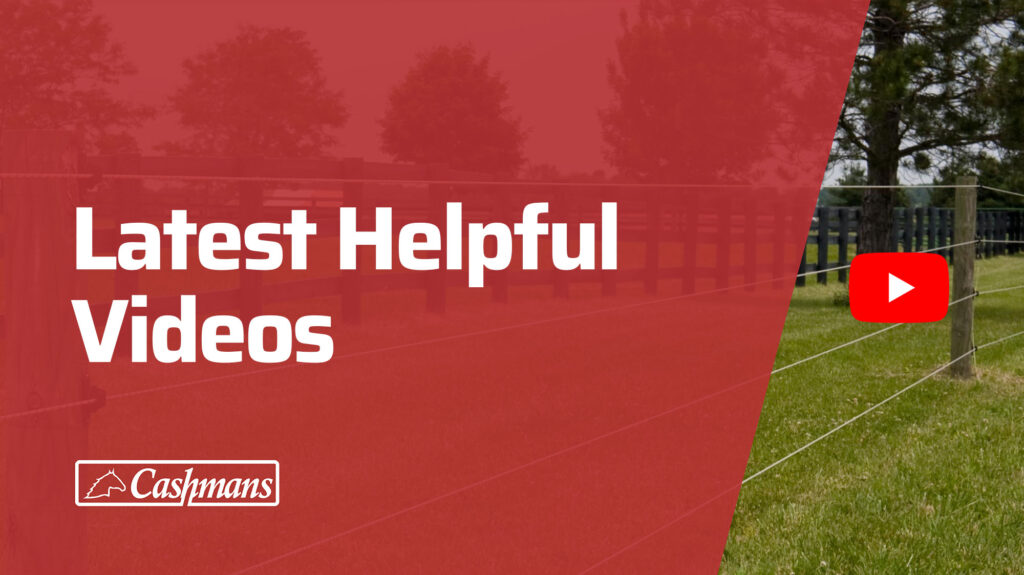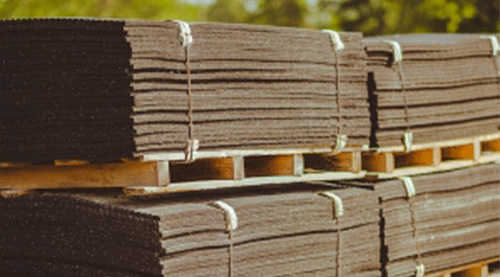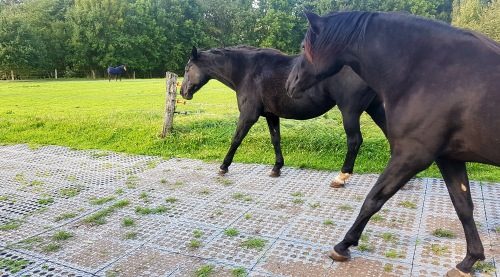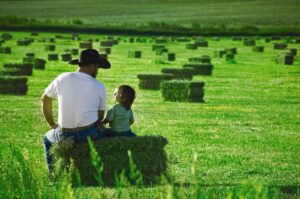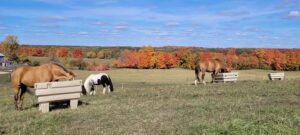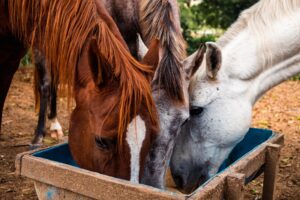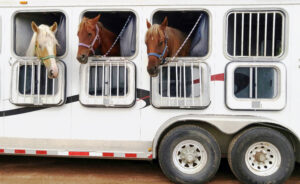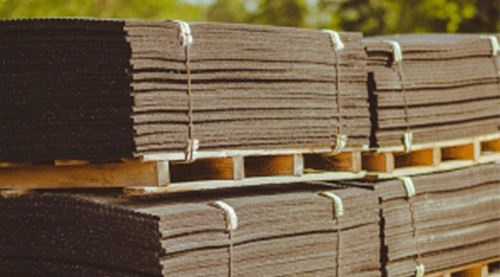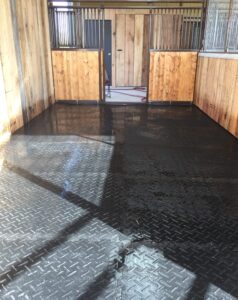
The Hay OptiMizer with Sue Wilson
by Lisa Kiley | Published in Horsmen’s Corral Magazine August 2023
When it comes to hay feeders, there are many styles and concepts that people have tried over the years. The idea of using a hay feeder is simple – keep hay from spoiling and going to waste. Over the years, the health benefits of slow feeding forage to horses have encouraged us to use hay nets or other slow feeders. In my years of looking at different styles of feeders, I would be hard pressed to find an individual who has put more thought and research into their product than Sue Wilson who makes the OptiMizer.
To better understand why Wilson is so dedicated to creating a product that works for horses and humans alike, it helps to understand her background. Like many of us, Wilson was a horse crazy kid who got her first horse as a teen. When she went to college, she had to part ways with her horse and took a 30 year pause from the horse world. On her 50th birthday, she and her family decided that it was time to go back to her roots and bring horses back into her life.
In her time without horses, Wilson worked in clinical research and product development with most of her experience and time spent in the medical industry. The work she did was grounded in scientific research and the products had to be proven to perform reliably. When Wilson retired in 2019, her creative energy was channeled into looking at how things were functioning around the barn. She started to notice how much hay was being wasted with traditional ground feeding methods. This spurred her on to help develop a feeder that would not only hold the hay, but a product that was well thought out and backed by research.
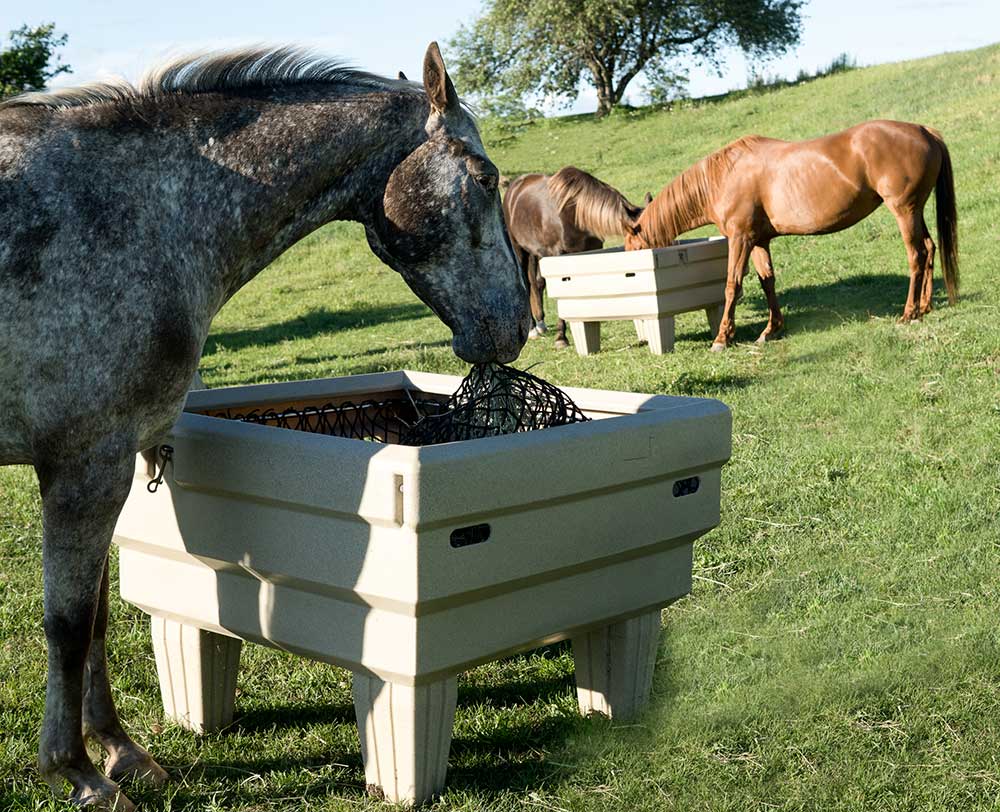
Wilson shared that when she is approaching any situation or problem, she finds that focusing on the basics and working toward getting the fundamentals right is the goal and will help mitigate issues. Always having access to forage is a fundamental need for horses. In nature, horses will graze continuously, chewing up to 60,000 times per day. Chewing creates saliva that buffers the acid in the stomach that a horse is continually producing.
Simply put, if a horse grazes or eats from a slow feeder they will get more chews in their day creating adequate saliva to quell acid. A horse that gets fed in ‘meals’ like AM/PM feeding, is more likely to develop ulcers because they aren’t chewing enough through the day. Therefore, if continual grazing isn’t an option, providing a product that mimics natural grazing is important for the gut health of the horse.
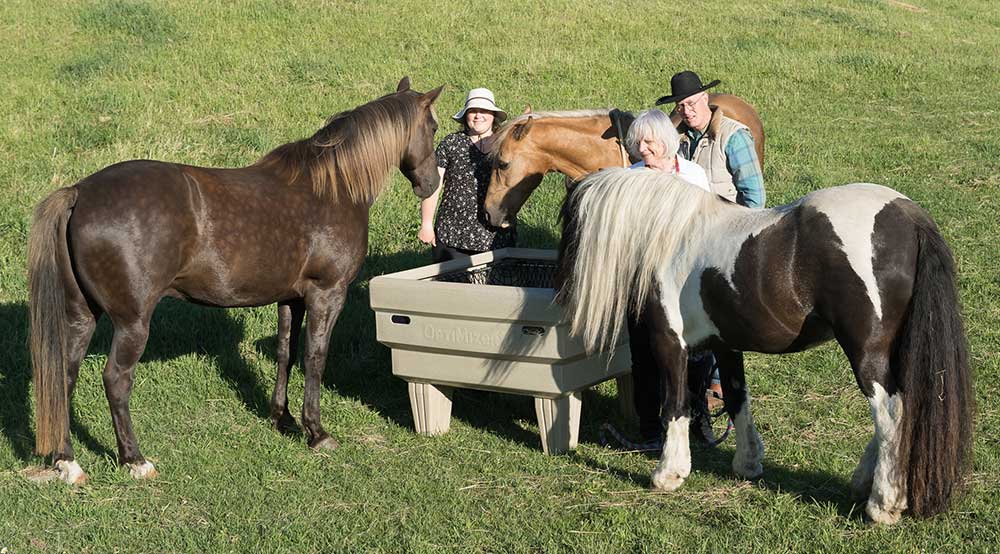
Wilson also studied the rate of chewing in horses. A horse that is meal fed tends to bolt their forage and will chew at a rate that is 20% higher than a horse that is fed in a way that mimics grazing. This can be accounted for by the horse being hungry versus having a continual supply of hay. A horse that gets used to eating from the OptiMizer and realizes that they will have a steady supply of hay available will drop their chew rate by another 20% over time and increase the amount of ‘chews’ per day.
Helping horses change the rate and intensity in which they eat to a more normal pattern is only one way using this style of feeder can be beneficial. There is also a dramatic savings in the amount of hay that is saved from waste. Wilson used the analogy of a horse coming to their hay like we come to a buffet table. It is easy to want to grab for the best and tastiest foods first. Horses will do the same when it comes to selecting what they are eating from a flake of hay. They can often eat the parts they like best and trample the rest, but when the hay is in an OptiMizer, it is not just going to fall to the ground. Her research has shown that there was less than 1% of hay waste when using the OptiMizer. In the most recent study, when compared to hay bags, it saved 17% more hay.
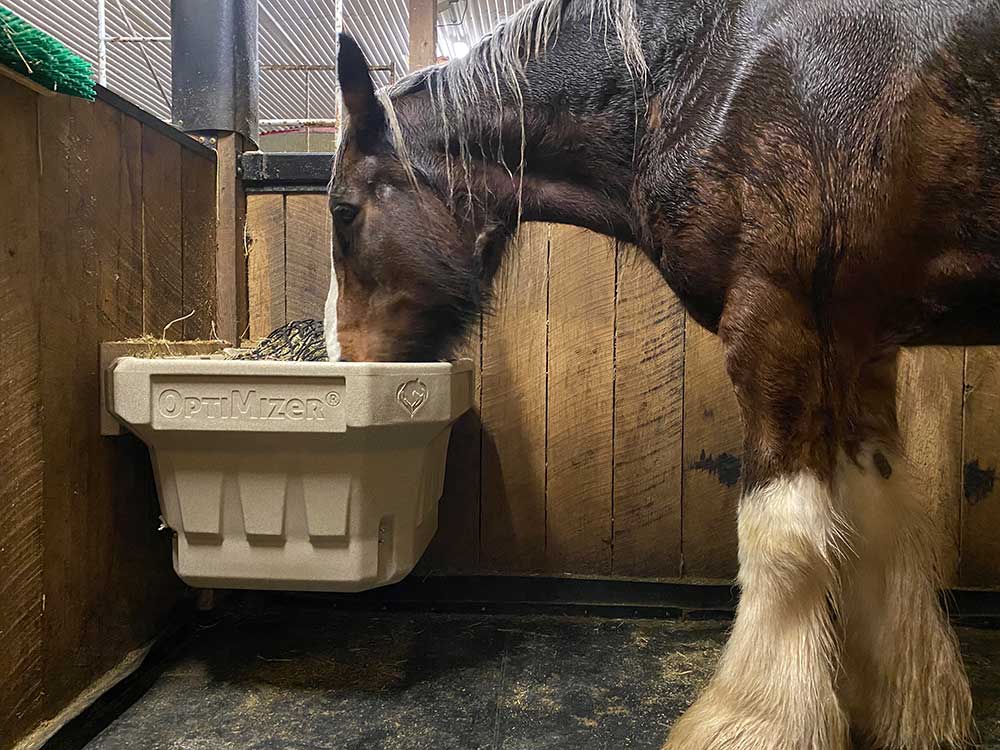
The OptiMizer has a paddock version where multiple horses can eat from the same feeder, which comes in several sizes to accommodate different herd types. The new InStall option is for horses that are stalled individually to eat in a natural way. The product has a limited lifetime warranty and is made of durable materials that are built to last. Quality hay is always a valuable resource, but we do have the opportunity to help reduce waste and save money in a way that is healthy for the horses we love and care for.
Wilson isn’t done with her quest toward better horse management that has been backed up by research. She has also spent time tracking her horses to determine when they prefer to be inside versus outside and she is working on creating an optimized track system in the horse pasture to increase the steps horses are taking and mimic natural behavior. She encourages horse owners to keep an open mind and optimize what they have for the betterment of horse management practices.
If you are interested in learning more about the OptiMizer check out Cashmans.com for more information.




